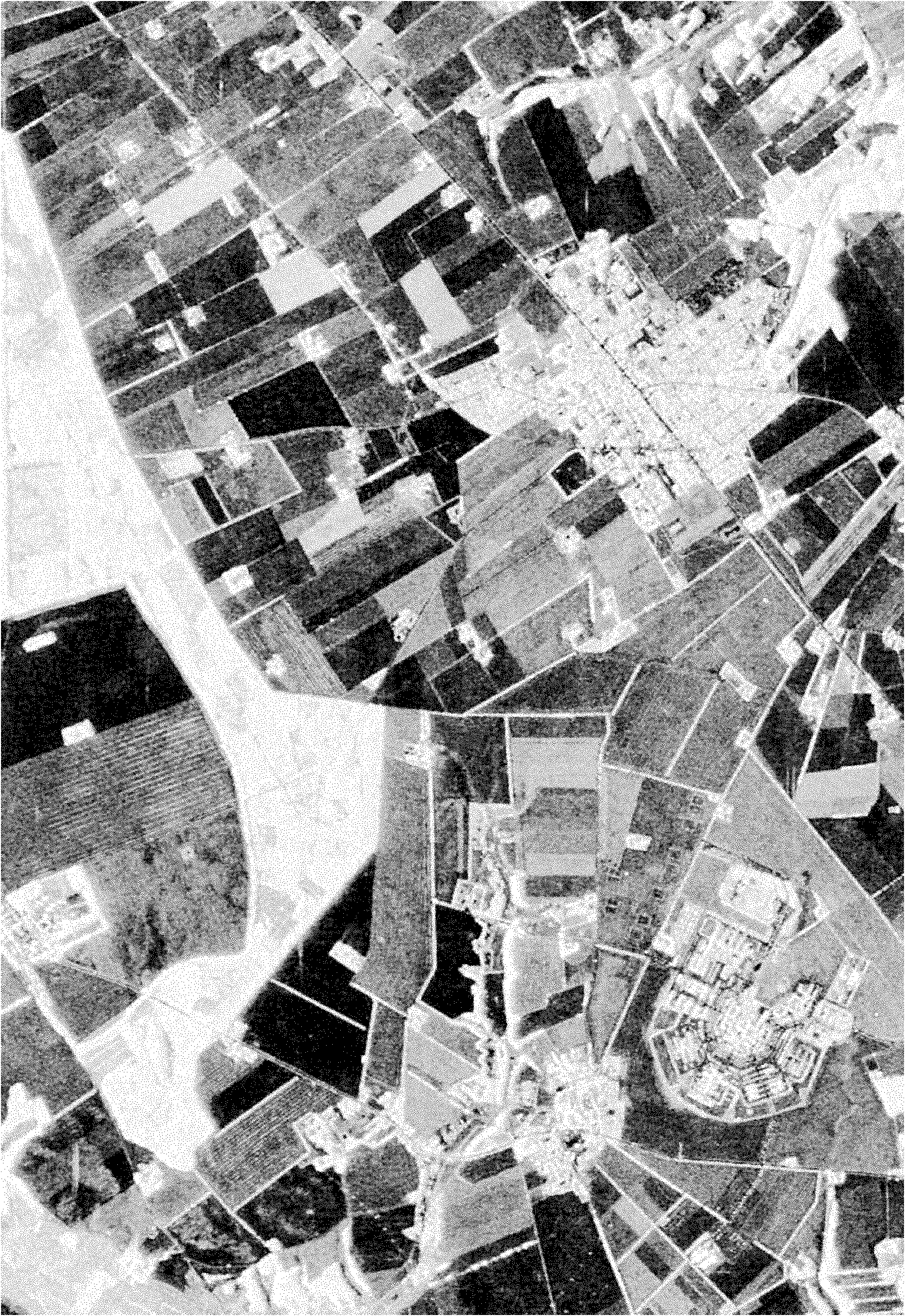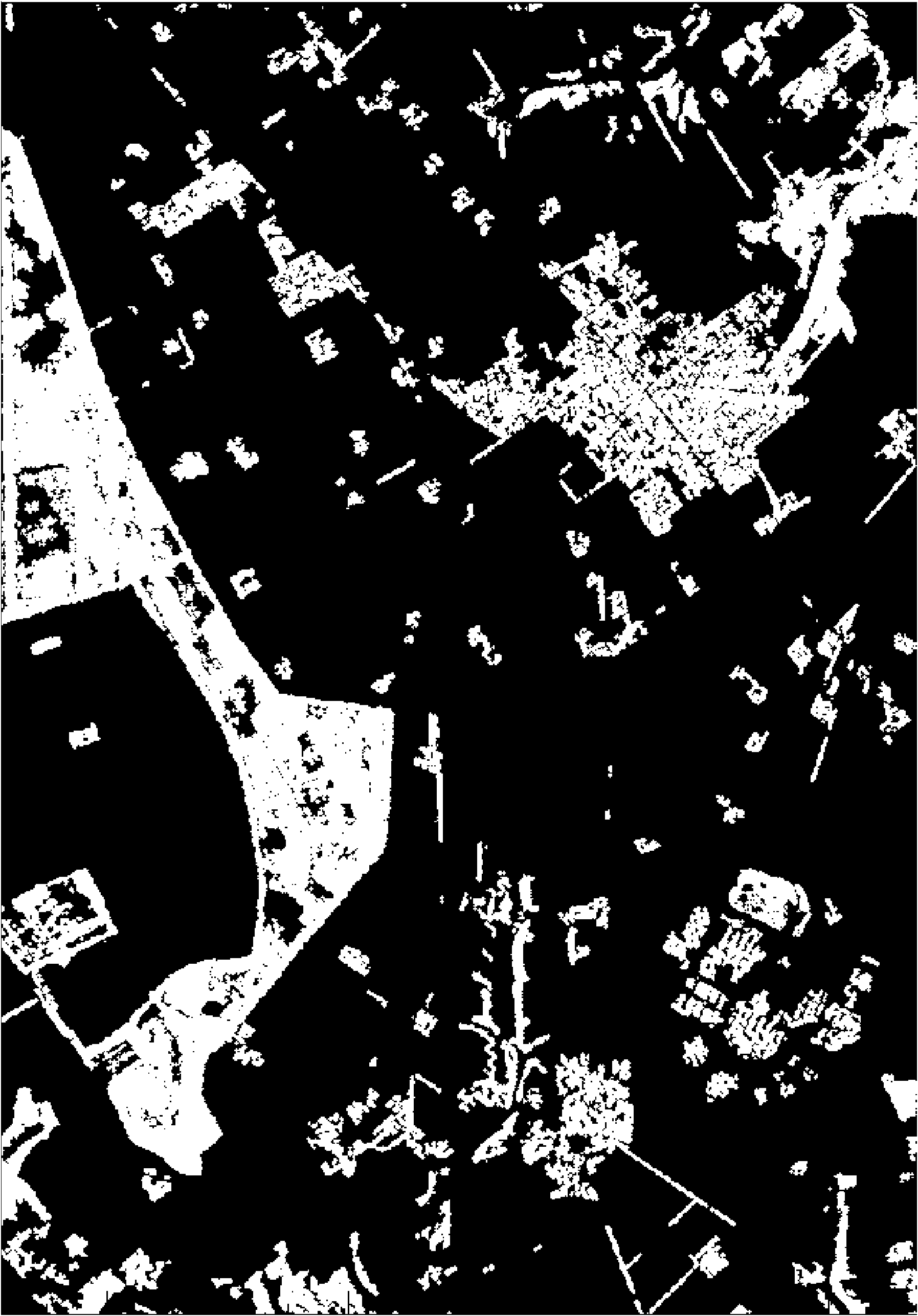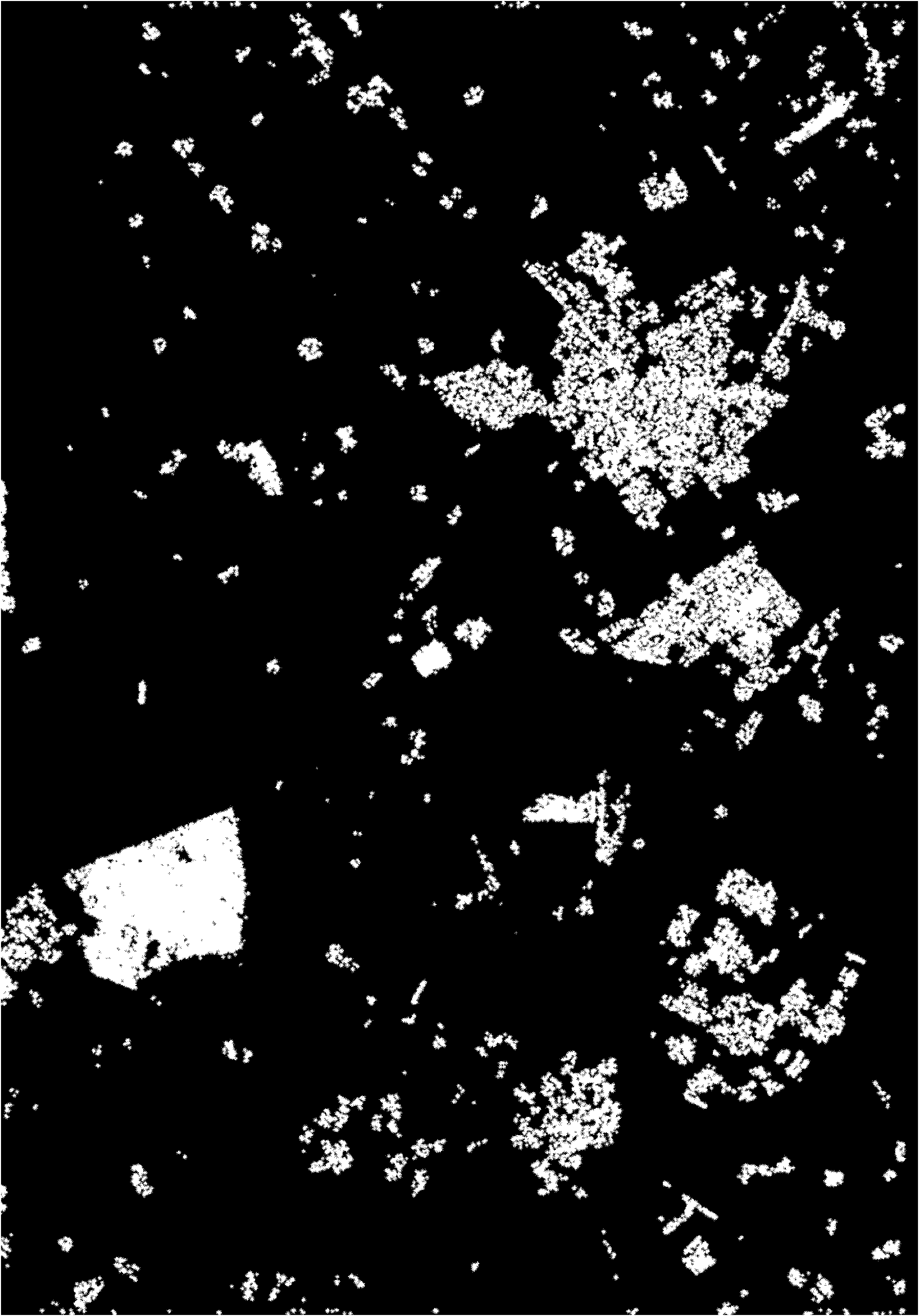Polarimetric synthetic aperture radar image target detection method based on quotient space granular computing
A technology of synthetic aperture radar and target detection, which is applied in measuring devices, radio wave measurement systems, radio wave reflection/re-radiation, etc., and can solve problems such as inability to obtain comprehensive detection results
- Summary
- Abstract
- Description
- Claims
- Application Information
AI Technical Summary
Problems solved by technology
Method used
Image
Examples
specific Embodiment approach 1
[0021] Specific implementation mode one: combine figure 1 and Figure 6 Describe this embodiment, the steps of this embodiment are as follows:
[0022] Step 1: Obtain the image data to be processed by collecting images through the polarization synthetic aperture radar, and read in the data of the full polarization synthetic aperture radar image according to the data format;
[0023] Step 2: Image preprocessing: preprocessing the full polarization SAR image;
[0024] Step 3: Calculate the different characteristic parameters of the full polarization SAR image, and perform target detection to obtain the coarse-grained space:
[0025] Step 3A: Target detection based on polyscattering model: based on polyscattering model, decompose polarized targets on fully polarized synthetic aperture radar images, and obtain odd scattering, even scattering, volume scattering, line scattering and helical scattering According to the detection purpose, one or more of the above five kinds of scat...
specific Embodiment approach 2
[0032] Specific implementation mode two: combination figure 2 Describe this embodiment. The difference between this embodiment and the specific embodiment is that ground object scattering is subdivided into five basic scattering types: odd scattering, even scattering, volume scattering, helical scattering and line scattering, and using these five basic scattering types Scattering type constructs a multi-scattering model, and the multi-scattering model decomposes the covariance matrix into the weighted sum of these five basic scattering types, namely
[0033] [C]=f odd [C odd ]+f double [C double ]+f volume [C volume ]+f helix [C helix ]+f wire [C wire ] Formula 1 where, f odd , f double , f volume , f helix and f wire represent the scattering energy of each component, [C odd ], [C double ] and [C volume ] is consistent with the corresponding covariance matrix given in the Freeman decomposition, [C helix ] and [C wire ] is added according to the asymmetry of...
specific Embodiment approach 3
[0059] Specific implementation mode three: combination image 3 Describe this embodiment. The difference between this embodiment and the specific embodiment is that for some complex targets, their scattering characteristics are determined by different independent sub-scatterers and their interactions. Therefore, in the radar measurement process, the scattering characteristics of complex targets It has certain randomness and depolarization characteristics, which need to be described by statistical methods.
[0060] For multi-look polarization SAR images, it is usually described by Mueller matrix or Stokes matrix. The Stokes matrix is a 4×4 symmetric matrix, which can completely characterize the scattering characteristics of the target. The Stokes matrices of the two targets are respectively [K 1 ] and [K 2 ], then the similarity parameters of two targets based on the Stokes matrix are defined as
[0061] R ( [ K ...
PUM
 Login to View More
Login to View More Abstract
Description
Claims
Application Information
 Login to View More
Login to View More - R&D
- Intellectual Property
- Life Sciences
- Materials
- Tech Scout
- Unparalleled Data Quality
- Higher Quality Content
- 60% Fewer Hallucinations
Browse by: Latest US Patents, China's latest patents, Technical Efficacy Thesaurus, Application Domain, Technology Topic, Popular Technical Reports.
© 2025 PatSnap. All rights reserved.Legal|Privacy policy|Modern Slavery Act Transparency Statement|Sitemap|About US| Contact US: help@patsnap.com



